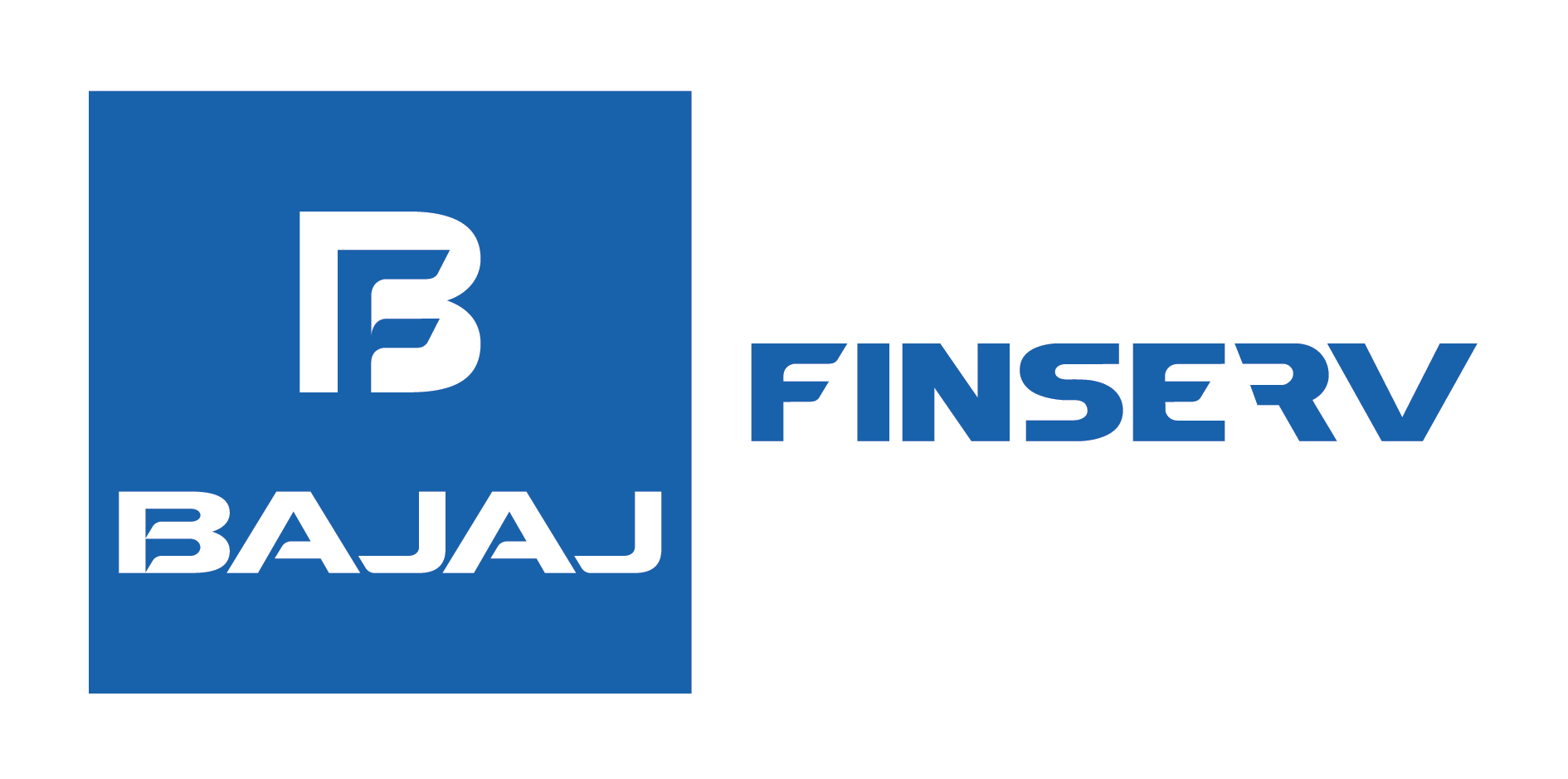Last Updated on September 27, 2023 by BFSLTeam BFSLTeam

Technical analysis is crucial for every short-term trader. Whether your investment horizon is a few days or weeks, or intraday trading is your preferred strategy, technical analysis is the cornerstone of understanding how past price movements can dictate future trends. With the right indicators, you can also monitor the price movements of the stocks you are trading in and identify if a trend is strengthening or reversing.
There are various technical indicators that can help you identify trend reversals in the market. This is important because you will have to adjust your trading goals and strategy accordingly if the market is turning bullish or bearish. One such technical indicator is the inverted hammer.
In this article, we’ll take a closer look at the inverted hammer candlestick pattern and figure out how to interpret it.
Also Read: Bollinger Bands: An Introduction to the Indicator that Helps Predict Market Volatility
Table of Content
What is an Inverted Hammer Pattern?
The meaning of the inverted hammer candlestick pattern is simple. It is a candlestick pattern whose shape resembles an inverted hammer, which is where its name has been derived from. This pattern typically occurs at the end of a downtrend. As a result, traders and market analysts regard the inverted hammer candlestick pattern as an indicator of a potential uptrend.
However, the appearance of the inverted hammer candlestick alone does not guarantee a bullish reversal after a bearish market. You need to keep this in mind, so you can avoid over-reliance on a single indicator and instead supplement this with other tools to confirm a trend reversal.
Also Read: What is EMA in Stocks?
What Does the Inverted Hammer Look Like?
With regard to its appearance, the inverted hammer has three distinct features. You can use these to easily identify the candlestick pattern. The features include:
- A very short real body
- A long upper shadow
- A very short lower shadow (or no lower shadow at all)
Let’s take a closer look at what each of these physical characteristics indicates. The short real body tells you that the stock’s opening and closing prices are fairly close to one another. The body can be red or green, meaning that it can close at a price that is higher or lower than the opening price.
The long upper shadow indicates that during the trading day, the share price soared significantly above both its opening and closing prices. The short lower shadow or absence thereof indicates that the stock price is not falling into deep lows.
What Does the Inverted Hammer Indicate?
Now that you’ve seen what the meaning of the inverted hammer candlestick pattern is and what its physical characteristics are, let’s delve a little deeper and decode what this pattern tells you about investor behavior.
The long upper shadow, which is typically at least twice as tall as the body, clearly suggests that the bulls or buyers are gaining ground in the market and pushing the share price upward. However, the stock eventually closes below its high, indicating that the buying pressure, although strong, is not enough to counter the selling pressure.
So, while the inverted hammer candlestick only tells you about the increasing buying power in the market, it is not a standalone confirmation of a bullish reversal. This reversal will only be confirmed if the stock price reflects a higher opening and closing price on the next day, signaling that the bulls are taking control of the market.
What To Do If You Notice the Inverted Hammer on the Chart?
If you notice an inverted hammer, it may be tempting to consider it as a confirmation of a bullish reversal and enter into trades accordingly. However, here’s what could be a better course of action in this scenario.
- Understand the Context of the Pattern
Check the trend that precedes the inverted hammer. This should be a bullish trend. Then, understand the appearance of the pattern in the context of the broader market.
- Look for Confirmation
Before you decide to place an order based on the inverted hammer, look for confirmation in the next day’s pattern to ensure that a bullish trend is imminent.
- Consider other Indicators
Combine the inverted hammer pattern with other indicators like moving averages, RSI, and MACD to make a more informed decision.
- Evaluate the Risks and Rewards
Determine the potential risk and reward before entering the trade to better understand what you are risking and what your profit target is.
Conclusion
Like all technical indicators, the inverted hammer candlestick pattern is best used in conjunction with other indicators and tools. You will have to monitor the candlestick chart and look for other indicators that cement the formation of a bullish trend before you make a trading decision accordingly.
A weak inverted hammer candlestick could easily be mistaken for a confirmation of a bullish reversal, leading to poor investments and trades. But now that you know the meaning of the inverted hammer candlestick and how it should be used, you can use it to strengthen your trading strategy.
Additionally, you will also need a demat and trading account if you have not opened them yet. The demat account helps you hold shares electronically, while the trading account facilitates order placement in the market. Visit the official website of Bajaj Financial Securities Limited today or download our mobile application to open your demat and trading account today!


